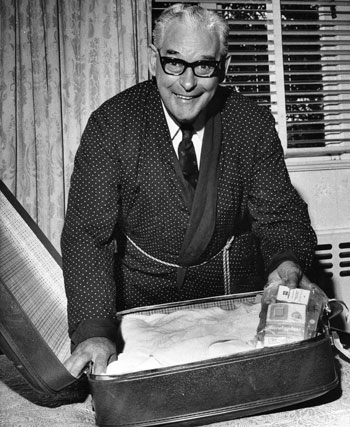Story summary
The prime minister is the leader of the largest political party among those forming the government. His or her main responsibilities are:
- appointing ministers and leading meetings of cabinet
- acting as the spokesperson for the government, within and outside of Parliament
- providing advice to the sovereign (the head of state) or the sovereign’s representative in New Zealand (the governor-general).
Leaders in the 19th century
New Zealand was granted internal self-government by Britain in 1856. Initially the leader of the country was known as the colonial secretary or premier, but in the early 20th century the term ‘prime minister’ was formally adopted.
New Zealand’s leadership changed frequently in the first 40 years of self-government. Different leaders each had their own ideas about what were the most important issues for a new nation. Members of Parliament in New Zealand did not belong to political parties at this time.
The rise of the party
The first political party to govern in New Zealand was the Liberal Federation, which held power from 1891 to 1912. The prime minister became the leader and public face of the governing party, and his public image became increasingly important.
Modern leadership
Changing technologies in the 20th century also influenced the prime minister’s role as a spokesperson for the government. Radio broadcasting, followed by television and later the internet connected prime ministers to the voting public. They had to become experts at communicating in the media.
From 1996 prime ministers usually led coalition or minority governments under the mixed-member proportional (MMP) electoral system. This meant prime ministers had to lead governments made up of several political parties with differing values.
Lasting legacies?
In the early 2000s there were four statues of former premiers and prime ministers in Wellington. Geographical features such as glaciers, mountains and rivers, and small towns, have also been named after leaders.





